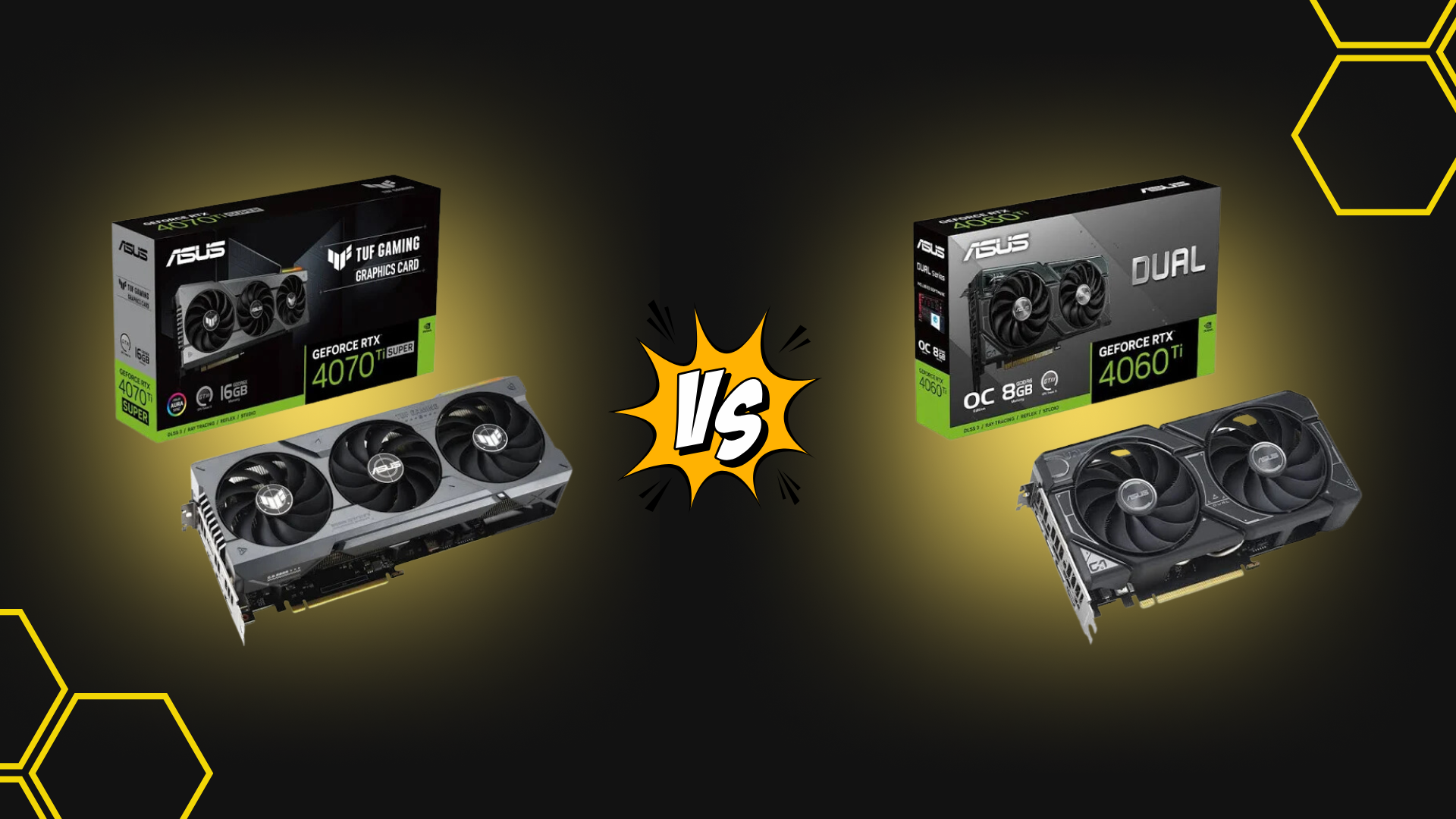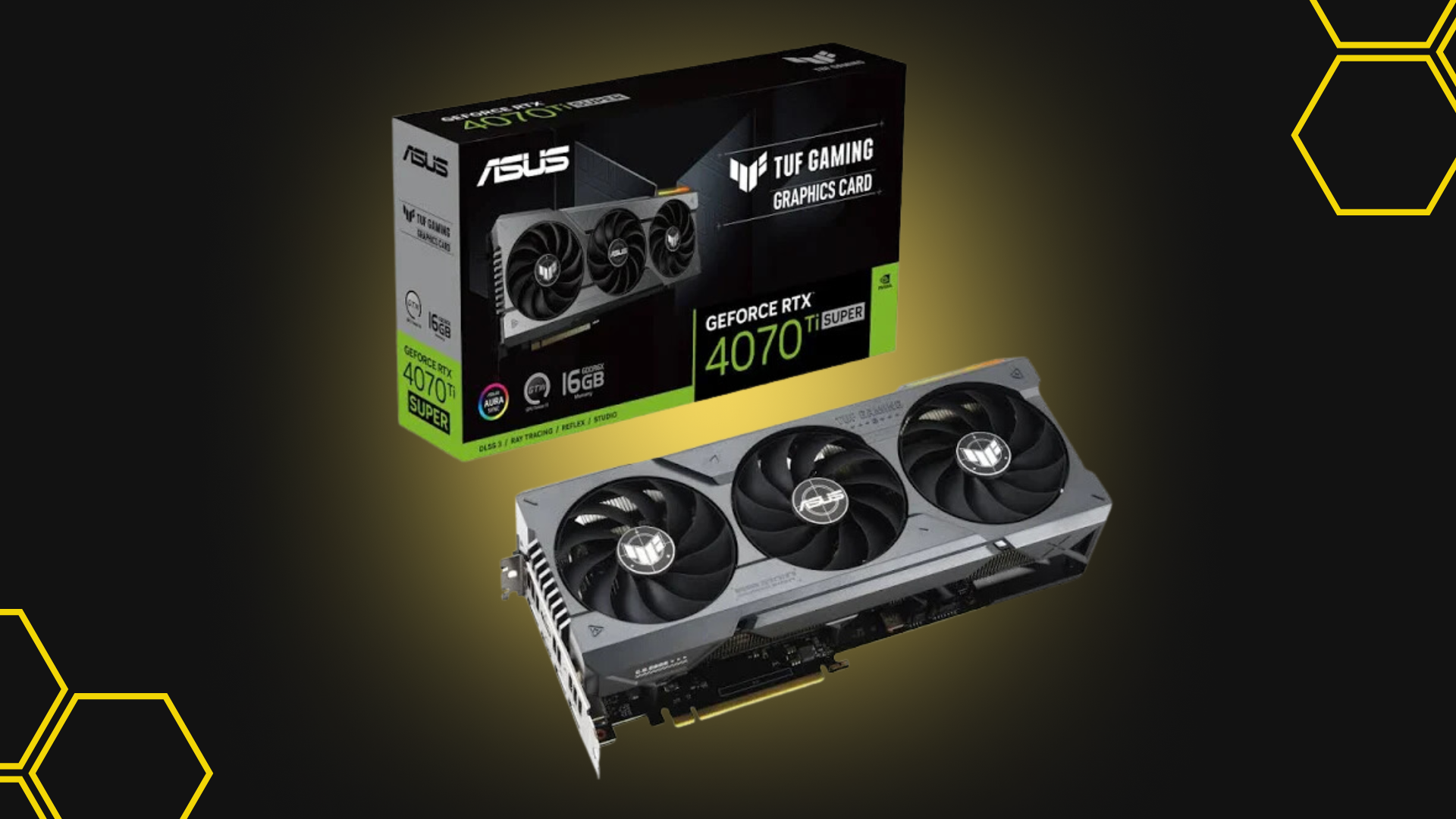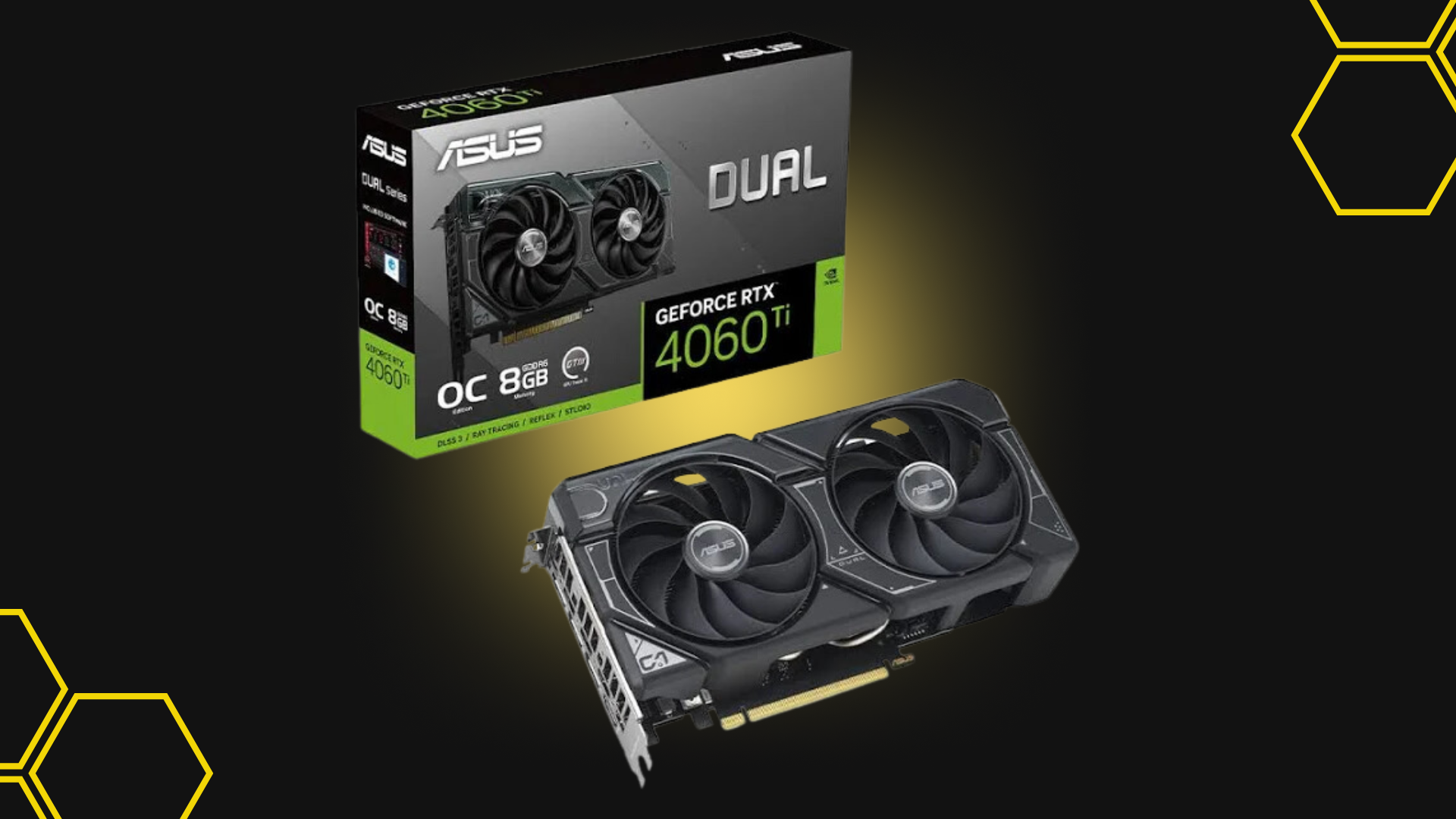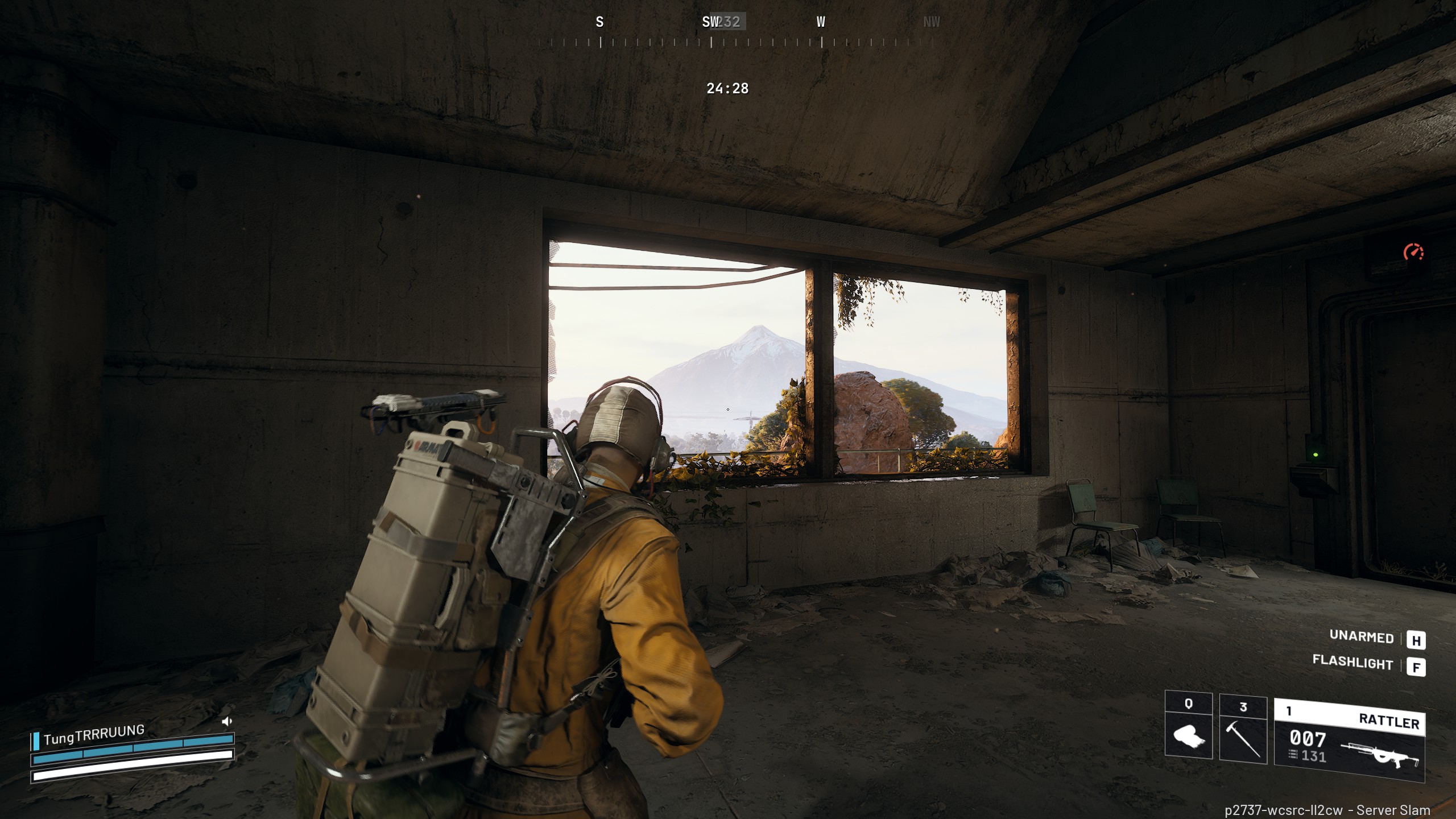RTX 4070 Ti Super vs RTX 4060 Ti: Which GPU wins for gaming, budget, or content creation? Compare specs, price & real-world performance.

Picking between NVIDIA’s RTX 4070 Ti Super and RTX 4060 Ti is like choosing between a sports car and a zippy commuter sedan—both get you where you need to go, but the experience (and price tag) couldn’t be more different. The RTX 4070 Ti Super is for those who want to max out every setting on their 4K monitor while streaming to Twitch, whereas the RTX 4060 Ti is the go-to for smashing through esports titles or indie gems at 1080p without melting your wallet.
Let’s dive into how these two GPUs stack up, whether you’re here for pixel-perfect ray tracing or just trying to avoid selling a kidney for a graphics card.
Brief Overview of RTX 4070 Ti Super vs RTX 4060 Ti

The RTX 4070 Ti Super is like that friend who volunteers to carry everyone’s luggage up five flights of stairs—overkill but gloriously capable. With 16GB of VRAM and a memory bus wider than your average influencer’s Instagram feed, it’s designed for gamers who treat “Ultra settings” as a baseline. The RTX 4070 Ti Super doesn’t just run games—it throws them a red-carpet premiere.
Start up Minecraft and witness as blocky trees transform into vivid welcoming forests with lifelike shadows that make your eyes adjust while gazing at your display. The GPU transforms pixelated virtual landscapes to produce visuals similar to those featured in Marvel movie post-credits. It’s the kind of card that makes your friends lean over and ask, “Wait, is this actually a game?”
Meanwhile, the RTX 4060 Ti is like that cozy neighborhood diner you keep visiting. No Michelin stars, no avant-garde plating—just hearty, reliable meals that hit the spot. Slap this card into your rig, and it’ll churn out Fortnite victories or Elden Ring boss fights at 1080p without drama. It won’t dazzle you with 4K fireworks or buttery-smooth ray tracing, but it’ll keep your frames steady, your temps chill, and your wallet from staging a mutiny. Perfect for when you just want to game, not audition for a tech review channel.
RTX 4070 Ti Super vs RTX 4060 Ti Specs Compared
Let’s talk nuts and bolts. The RTX 4070 Ti Super is packing 8,448 CUDA cores—imagine these as tiny workers inside your GPU, each handling a piece of the graphical puzzle. More cores mean it can tackle complex tasks like rendering a photorealistic game scene or editing an 8K video without breaking a sweat. It also boasts 16GB of GDDR6X VRAM (your GPU’s short-term memory) and a 256-bit memory bus, which acts like a wider highway for data. This combo lets it juggle massive textures and high resolutions effortlessly.
The RTX 4060 Ti, meanwhile, has 4,352 CUDA cores and either 8GB or 16GB of GDDR6 VRAM (though the 16GB version costs extra). Its narrower 128-bit memory bus is like a two-lane road compared to the 4070 Ti Super’s eight-lane freeway. While it’s no slouch for 1080p gaming, you’ll feel the pinch in heavier workloads. Clock speeds? The 4070 Ti Super revs up to 2.61 GHz, while the 4060 Ti tops at 2.54 GHz. And yes, the 4070 Ti Super guzzles more power (285W vs. 160W), so you’ll need a heftier power supply to keep it fed.
| Specification | RTX 4070 Ti Super | RTX 4060 Ti |
| Architecture | Ada Lovelace | Ada Lovelace |
| Core Count | 8448 | 4352 |
| Tensor Cores (AI) | 4th Generation, 706 AI TOPS | 4th Generation, 353 AI TOPS |
| Ray Tracing Cores | 3rd Generation, 102 TFLOPS | 3rd Generation, 51 TFLOPS |
| VRAM | 16 GB GDDR6X | 16 GB GDDR6 / 8 GB GDDR6 |
| Memory Interface Width | 256-bit | 128-bit |
| Base Clock Speed | 2.34 GHz | 2.31 GHz |
| Boost Clock Speed | 2.61 GHz | 2.54 GHz |
| PCIE Generation | PCI Express Gen 4 | PCI Express Gen 4 |
| Deep Learning Super Sampling | DLSS 3 | DLSS 3 |
| NVIDIA Reflex | Reflex | Reflex |
| TGP (W) | 285 Watts | 165 or 160 Watts |
RTX 4070 Ti Super vs RTX 4060 Ti Performance Comparison
1080p Gaming
If you’re rocking a 1080p monitor, the RTX 4060 Ti is your golden ticket. It chews through games like Fortnite or Apex Legends at 100+ FPS on ultra settings. The 4070 Ti Super? It’s like using a flamethrower to light a candle—overkill, but hey, future-proofing never hurt anyone.
1440p Gaming
Here’s where the 4070 Ti Super flexes. It delivers buttery 90-120 FPS in titles like Elden Ring or Starfield without needing DLSS. The 4060 Ti can survive at 1440p, but you’ll need DLSS or medium settings to hit 60 FPS—and even then, don’t expect silky smoothness in every scene.
4K Gaming
The 4070 Ti Super’s 16GB VRAM lets it strut its stuff at 4K, handling games like Cyberpunk 2077 with ray tracing enabled (thanks, DLSS 3.5!). The 4060 Ti, though? At 4K, its 8GB VRAM becomes a bottleneck faster than a toddler in a grocery store. Expect stutters and texture pop-ins unless you’re playing older titles.
Ray Tracing
Both GPUs support ray tracing, but the 4070 Ti Super’s extra cores and DLSS 3.5 frame generation make path-traced games like Alan Wake 2 playable. The 4060 Ti? You’ll be dialing settings down to “Medium” and praying to the frame rate gods.
Content Creation
Editing a YouTube video or rendering a 3D model? The 4070 Ti Super’s extra VRAM and CUDA cores slash render times in Blender or Premiere Pro. The 4060 Ti works for quick TikTok edits, but throw 8K footage or complex animations at it, and it’ll start sweating.

RTX 4070 Ti Super vs RTX 4060 Ti Price Compared

The RTX 4060 Ti starts at $399 (8GB) or $499 (16GB), making it one of NVIDIA’s most accessible 40-series cards. The RTX 4070 Ti Super stomps in at $799—double the price of the base 4060 Ti. Is it worth it? If you’re gaming at 1440p or 4K, absolutely. But if you’re on a tight budget or just dipping your toes into PC gaming, the 4060 Ti’s lower entry cost (and smaller hit to your wallet) is tempting.
Pros and Cons of RTX 4070 Ti Super vs RTX 4060 Ti
Pros and Cons of RTX 4070 Ti Super
| Pros | Cons |
| Dominates 1440p/4K gaming like a boss | Costs as much as a used car (okay, maybe a scooter) |
| 16GB VRAM = no more “low video memory” warnings | Demands a beefy PSU and cooling setup |
| DLSS 3.5 turns slideshows into playable ray-traced eye candy |
Pros and Cons of RTX 4060 Ti
| Pros | Cons |
| Wallet-friendly for 1080p gamers | 8GB model feels dated in 2025 |
| Sips power, fits in tiny PCs | Struggles with ray tracing without DLSS |
| 16GB variant avoids VRAM anxiety (for now) | Not the card you’ll brag about on Reddit |
Final Verdict: Which Is Best Between RTX 4070 Ti Super vs. RTX 4060 Ti for You?
For the Enthusiast Who Wants It All:
If you’re the type who upgrades your GPU once every 4-5 years, plays at 1440p or 4K, and dabbles in content creation, the RTX 4070 Ti Super is your soulmate. It’s the card that laughs at terms like “VRAM limitations” and “ray tracing performance.” Sure, it’s pricey, but it’s built to handle tomorrow’s games as effortlessly as today’s.
For the Pragmatic Gamer on a Budget:
The RTX 4060 Ti suits those who want to indulge in games without overcomplicating life. If you’re rocking a 1080p monitor, play mostly competitive or indie titles, and don’t want to fuss with PSU upgrades, this card is your jam. The 16GB model adds some longevity, but even the 8GB version will keep you happy in most modern games—as long as you’re okay with tweaking a setting or two.
The Wild Card: Small Form Factor (SFF) Builders
If you’re crafting a mini-ITX masterpiece, the 4060 Ti’s lower power draw and compact size make it a no-brainer. The 4070 Ti Super? Let’s just say you’ll need a case with exceptional airflow—and maybe a noise-canceling headset.
FAQs about RTX 4070 Ti Super and RTX 4060 Ti
Q: Will the 8GB 4060 Ti be obsolete in a year?
A: Not obsolete, but it’ll start showing its limits. Newer games like Avatar: Frontiers of Pandora already push 8GB at 1080p. If you can stretch your budget, the 16GB model buys peace of mind.
Q: Can the 4070 Ti Super handle VR gaming?
A: Absolutely! It’s overqualified for most VR titles. The 4060 Ti works too, but stick to less demanding experiences like Beat Saber.
Q: Do these GPUs get hot?
A: The 4070 Ti Super runs warm under load (think 70-75°C), so good airflow is key. The 4060 Ti stays cooler, often in the 60s, even in smaller cases.
Q: Is DLSS 3.5 a game-changer?
A: For ray tracing and 4K? Yes. It’s like magic—turning a choppy 40 FPS into a smooth 70 FPS. But at 1080p, the difference is less dramatic.
Q: Which card is better for streaming?
A: Both use NVIDIA’s NVENC encoder, but the 4070 Ti Super handles streaming + gaming at higher resolutions without breaking a sweat. The 4060 Ti works, but avoid 4K streams unless you like encoding lag.
Looking For More?
Thank you for reading the article. We provide the latest news and create guides for Baldur’s Gate 3, Starfield, ARK Survival Ascended, and more. Also, watch Deltia play games on Twitch or visit his YouTube channel!
 Reddit
Reddit
 Email
Email


